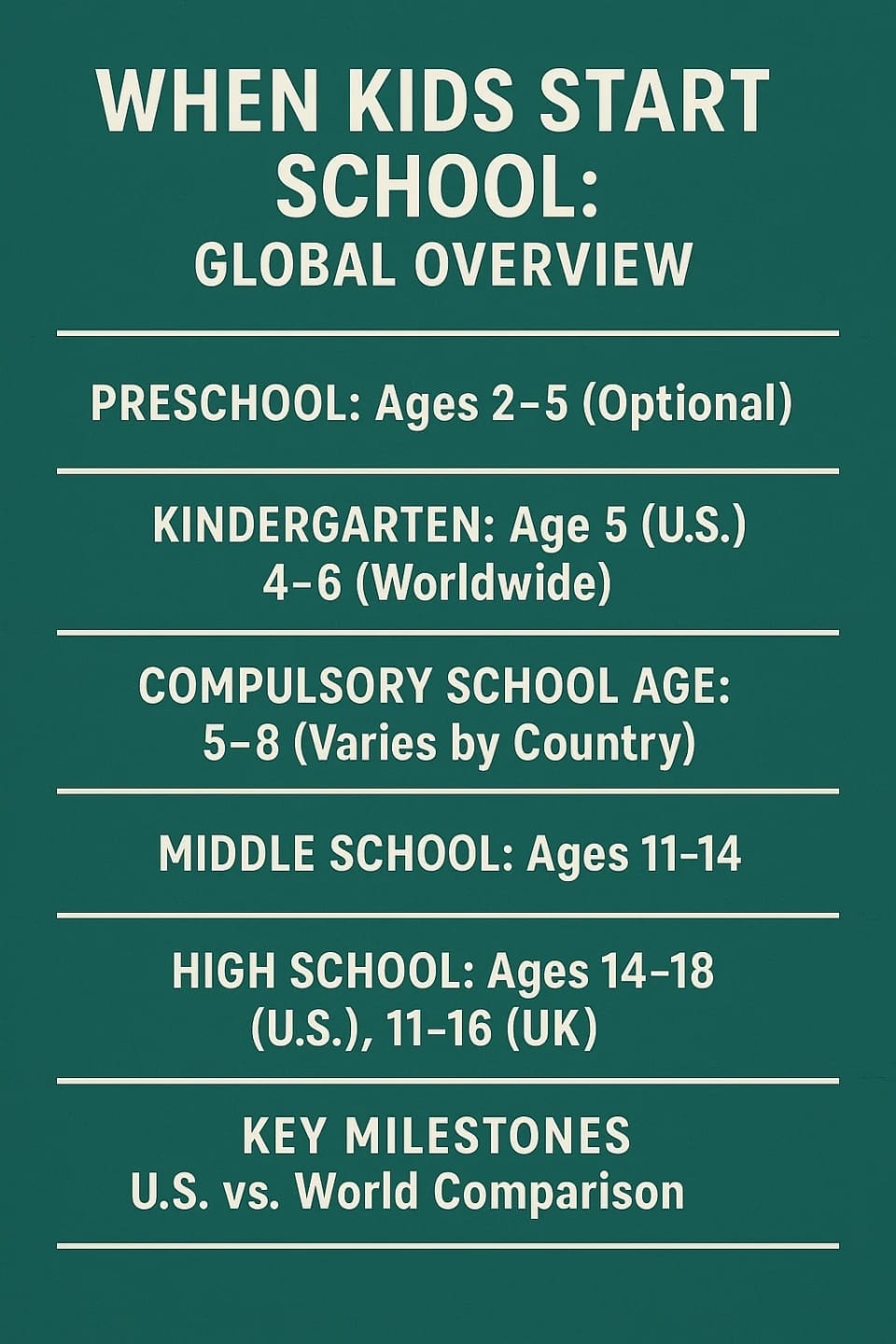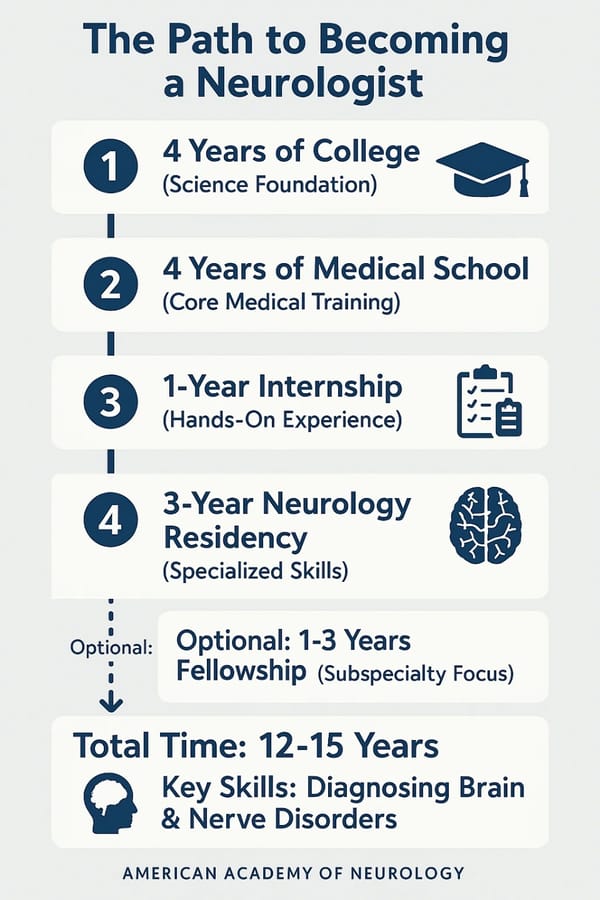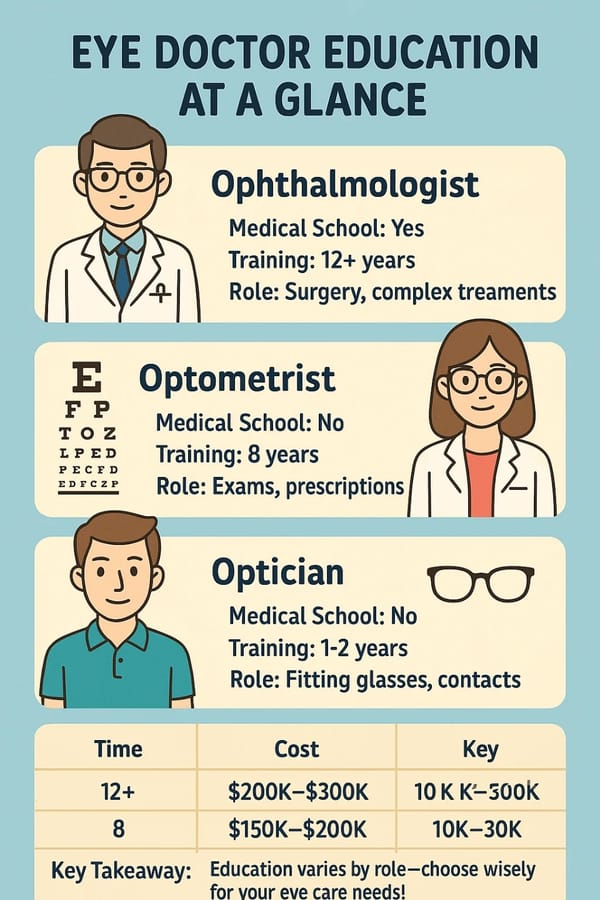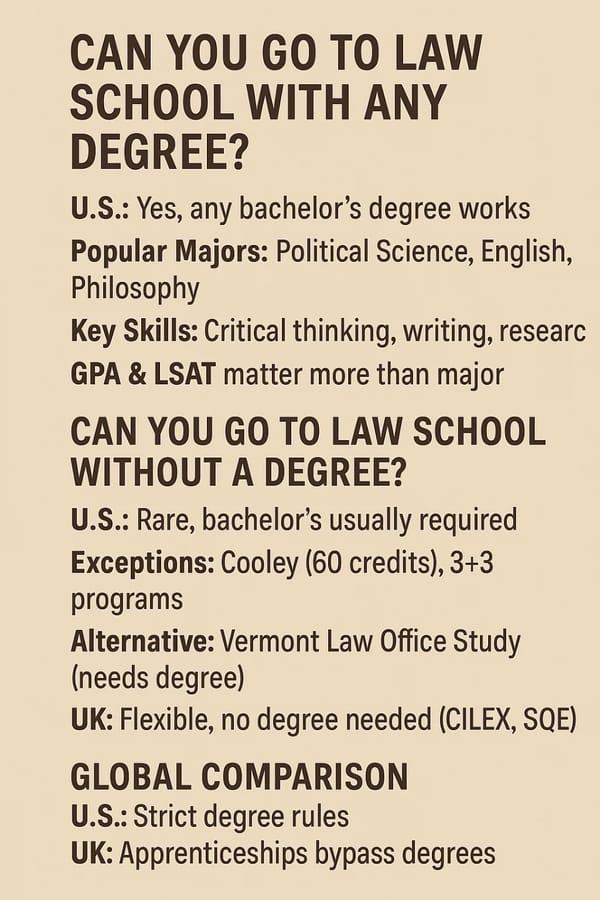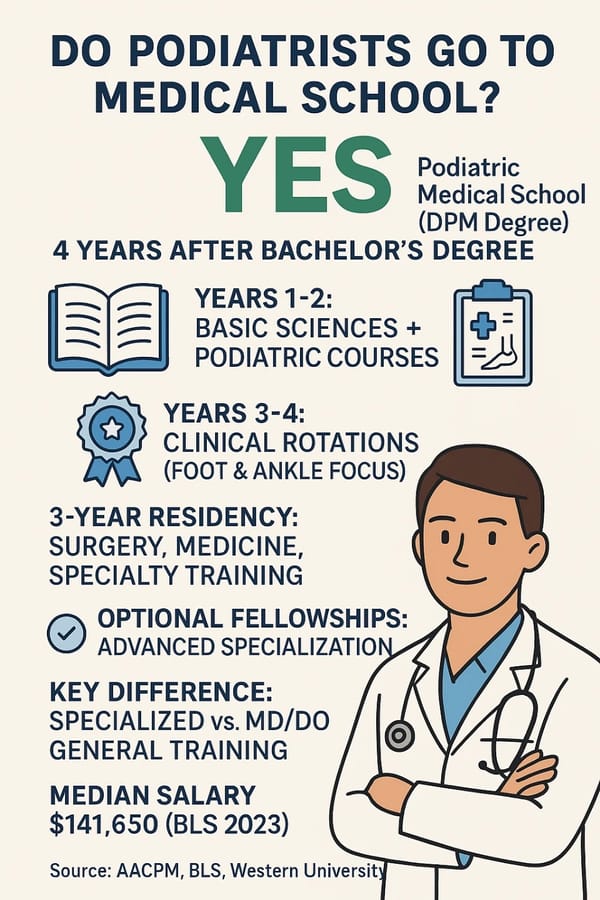When Do Kids Start School? What Age Do You Go to High School? A Comprehensive Guide for Parents
Meta Description: Curious about when kids start school or what age they go to high school? This detailed guide explores school starting ages worldwide, with a focus on the U.S. and personal insights for parents.
Imagine this: You blink, and suddenly that tiny baby is asking about the big yellow bus. Or maybe, it feels like just yesterday you were teaching them to tie their shoes, and now they're talking about college applications. If you're a parent, you've probably found yourself wondering, “When do kids start school?” or “What age do they head off to high school?” These questions pop up as your little one grows, and suddenly, the idea of school isn’t just a distant milestone—it’s right around the corner. Whether you’re preparing for kindergarten or bracing for the high school years, understanding the timeline can feel like piecing together a puzzle.
As a parent myself, I remember the mix of excitement and nerves when my oldest was about to start kindergarten. Would she be ready? Was I ready? Turns out, the answers depend on where you live, your child’s birthday, and even cultural norms. In this blog post, we’ll dive deep into when kids start school, what age they transition to high school, and how these milestones vary across the globe—tailored specifically for parents like you. Let’s unpack it all step-by-step so you can feel confident and informed.
When Do Kids Start School? The Early Years Explained
The journey to school often begins earlier than you might think. From preschool to kindergarten, the starting age depends on your location and your child’s readiness. Let’s break it down.
Preschool and Pre-K: The First Step (Ages 2-5)
In many countries, including the U.S., kids can start preschool or pre-kindergarten as early as age 2 or 3. These programs aren’t mandatory, but they’re a fantastic way to ease kids into a structured environment. According to USAHello, preschool helps kids socialize and build foundational skills before formal schooling begins.
In my experience, sending my daughter to preschool at 3 was a game-changer. She learned to share, follow routines, and even picked up some early counting skills—all while I got a breather to manage my day. In the U.S., free options like Head Start exist for low-income families, while private preschools often come with a tuition fee.
Globally, the picture varies. In Finland, for example, universal preschool starts at age 6, but it’s not compulsory until age 7, as noted by Teach Starter. Meanwhile, Northern Ireland has one of the earliest starts, with kids entering primary school at just 4 years and 2 months.
Kindergarten: The Official Start (Ages 4-6)
Kindergarten is where formal education typically kicks off. In the U.S., most kids start at age 5, though the cutoff date varies by state. For instance, in California, kids must be 5 by September 1st to enroll, per School Start. Miss that date, and you’re waiting another year.
Here’s a quick look at U.S. kindergarten entry ages:
| State | Cutoff Date | Age to Start |
| California | September 1 | 5 |
| New York | Varies by district | 5 |
| Washington | August 31 | 5 |
Across the pond, the UK has kids starting “reception” at age 4 or 5, depending on their birthday, as outlined by GOV.UK. In Scotland, kids born between March and August start in August after turning 5, while those born September to February start the prior August, per Parentzone Scotland.
Compulsory School Age: When It’s Non-Negotiable
While preschool and kindergarten offer flexibility, compulsory education locks in a firm start date. In the U.S., this ranges from age 5 to 8, depending on the state. Washington, for example, mandates school attendance by age 8, according to PAVE. In contrast, England’s compulsory age is the term after a child turns 5, per GOV.UK.
Globally, South Africa waits until age 7 for compulsory schooling, while China starts at 6, as noted by Expat Child. These differences reflect cultural priorities—some emphasize early socialization, others prioritize playtime longer.
What Age Do Kids Go to High School? The Teenage Transition
Fast forward a few years, and suddenly your kid’s trading crayons for calculators. High school marks a major shift, but when does it happen?
Middle School: The Bridge to High School (Ages 11-14)
Before high school comes middle school (or junior high), typically spanning ages 11 to 14. In the U.S., this is grades 6-8, though some districts include 5th grade, as an X user pointed out (X Post). My son’s middle school years were a whirlwind—new friends, tougher classes, and a locker he could never quite figure out.
In the UK, secondary school starts earlier at age 11 (Year 7), blending what we’d call middle and high school into one phase, per Schoolwix.
High School: The Big Leap (Ages 14-18)
In the U.S., high school begins at age 14 or 15 with 9th grade and runs through 12th grade, ending around age 18. This aligns with posts on X and data from USAHello. It’s a four-year journey of academics, sports, and—let’s be honest—teen drama.
Here’s how it compares globally:
| Country | High School Start Age | Grade |
| USA | 14-15 | 9 |
| UK | 11 | Year 7 |
| Canada | 14 | 9 |
In the UK, secondary school starts at 11 and continues until 16 (GCSEs), with optional further education until 18, per GOV.UK. In Canada, kids hit high school at 14, similar to the U.S., as noted by Expat Child.
Factors That Affect the Transition
Birthdays play a huge role. A child born in December might start high school a year later than a January-born peer due to cutoff dates. Readiness matters too—some kids thrive early, others need an extra year. I held my youngest back a year before kindergarten, and it made all the difference by high school.
How School Starting Ages Differ Around the World
School timelines aren’t universal. Let’s explore some fascinating global variations.
Early Starters: Northern Ireland and Beyond
Northern Ireland’s 4-year-and-2-month start is among the world’s earliest, per Teach Starter. It’s a shock for parents moving from, say, Finland, where kids don’t start until 7.
Late Bloomers: Finland and South Africa
Finland’s age-7 start prioritizes play and preschool, leading to top-tier education outcomes, as Teach Starter highlights. South Africa’s grade 1 at 7 offers a similar delay, balancing development with academics.
The U.S. Patchwork
With no federal mandate, U.S. states set their own rules. Kentucky demands age 5 by August 1st, while New York leaves it to districts, per School Start. This patchwork can confuse relocating families—I felt it firsthand moving from Texas to Oregon with different cutoffs.
Preparing Your Child for School: Tips from a Parent’s Perspective
Knowing when is half the battle—preparing is the other half. Here’s what I’ve learned.
Emotional and Social Readiness
Starting school is as much about feelings as academics. Practice separation with short playdates, and talk about what to expect. My daughter’s preschool teacher recommended this, and it eased her first-day jitters.
Academic Foundations
Counting, letters,
